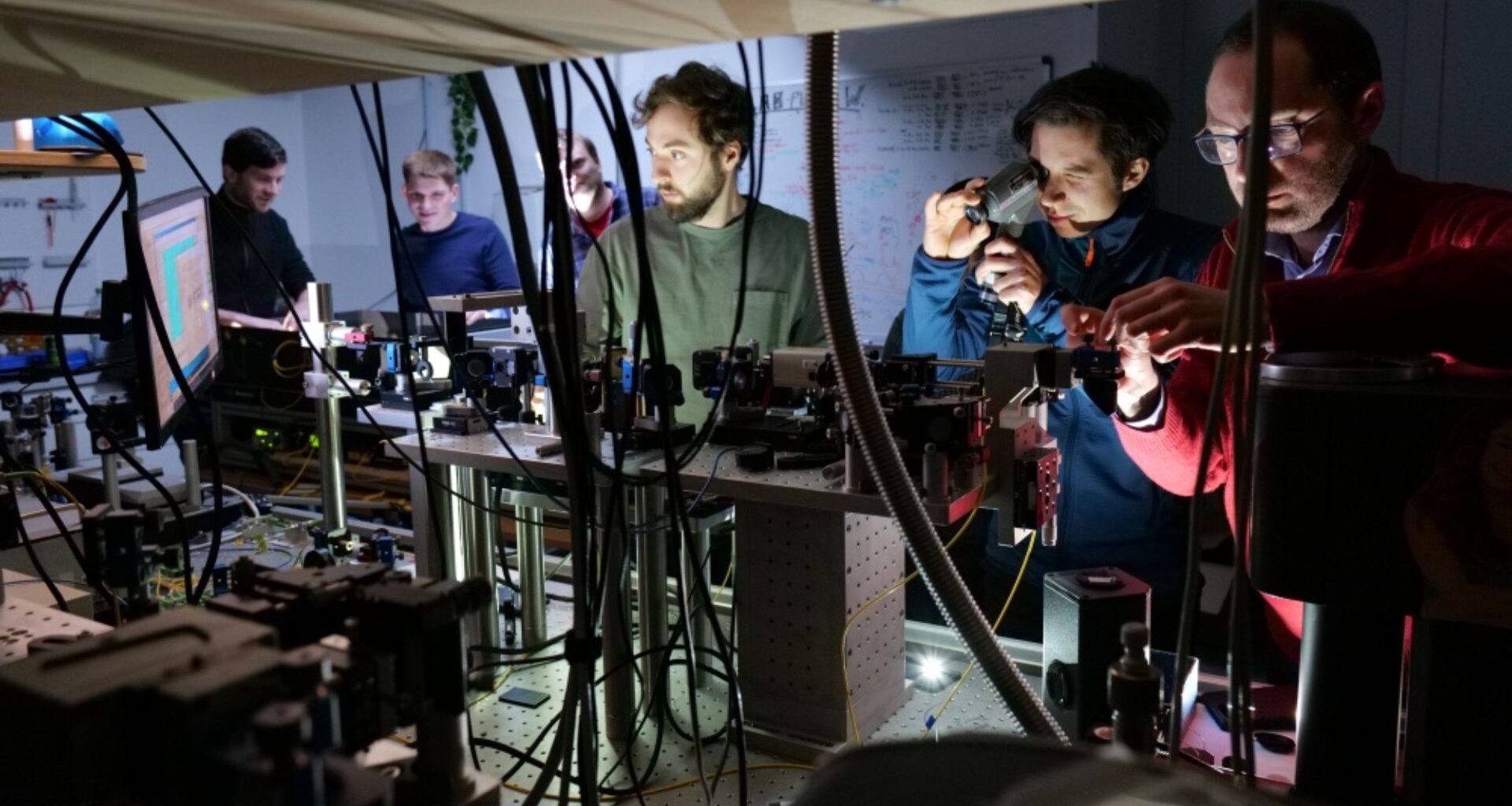Researchers in Germany have taken a major step toward a practical quantum internet. A team at the University of Stuttgart has demonstrated the first transfer of quantum information between photons emitted by two different quantum dots.
The advance tackles one of the hardest obstacles in building quantum repeaters, the devices needed to extend quantum communication across long fiber networks.
Quantum communication relies on single photons whose polarization carries zero or one. Any attempt to read or intercept that state leaves traces, making the system inherently secure.
Photons weaken in optical fibers, and unlike classical light, quantum information cannot be copied or amplified.
Quantum repeaters aim to renew that information using teleportation, but the process demands nearly identical photons from different sources.
The Stuttgart team addressed this challenge with nanometer-scale semiconductor islands. These quantum dots generate single photons with specific properties.
“For the first time worldwide, we have succeeded in transferring quantum information among photons originating from two different quantum dots,” says Prof. Peter Michler.
The team partnered with the Leibniz Institute for Solid State and Materials Research in Dresden, which built nearly identical quantum dots. Tim Strobel, first author of the study, says, “Light quanta from different quantum dots have never been teleported before because it is so challenging.”
He adds that the fixed energy levels inside the quantum dots allow researchers to generate well-defined photons on demand.
“Our partners at the Leibniz Institute for Solid State and Materials Research in Dresden have developed quantum dots that differ only minimally,” he says.
Teleportation across two quantum dots
To demonstrate teleportation, one quantum dot produced a single photon while the other produced an entangled photon pair.
One photon from the pair traveled through a 10-meter optical fiber and interfered with the single photon.
Their overlap transferred the polarization state to the distant partner photon.
Quantum frequency converters from Saarland University corrected remaining frequency differences to keep the photons indistinguishable.
“Transferring quantum information between photons from different quantum dots is a crucial step toward bridging greater distances,” Michler says.
Earlier experiments from the same group kept entanglement intact through a 36-kilometer fiber run across Stuttgart, proving that long-range deployment is possible.
The current setup teleports information with a success rate slightly over 70 percent. Strobel says the team wants to improve this by stabilizing the quantum dots.
“We want to reduce this by advancing semiconductor fabrication techniques,” he says.
Toward real-world quantum networks
The work forms part of the Quantenrepeater.Net project funded by Germany’s Federal Ministry of Research, Technology and Space.
The consortium includes 42 partners working to develop quantum repeaters that fit into existing fiber networks.
Dr. Simone Luca Portalupi calls the latest result a milestone. “Achieving this experiment has been a long-standing ambition — these results reflect years of scientific dedication and progress,” she says.
“It’s exciting to see how experiments focused on fundamental research are taking their first steps toward practical applications.”
The study is published in the journal Nature Communications.
